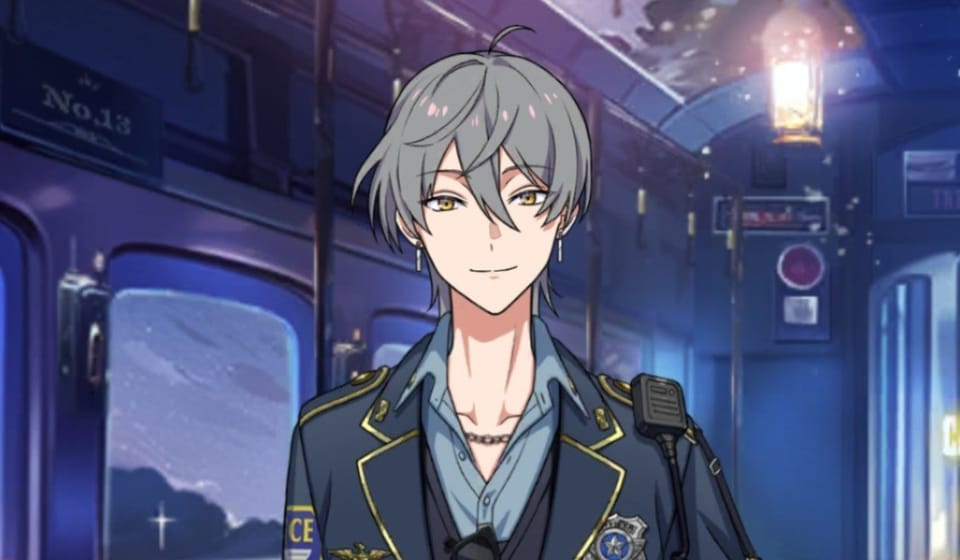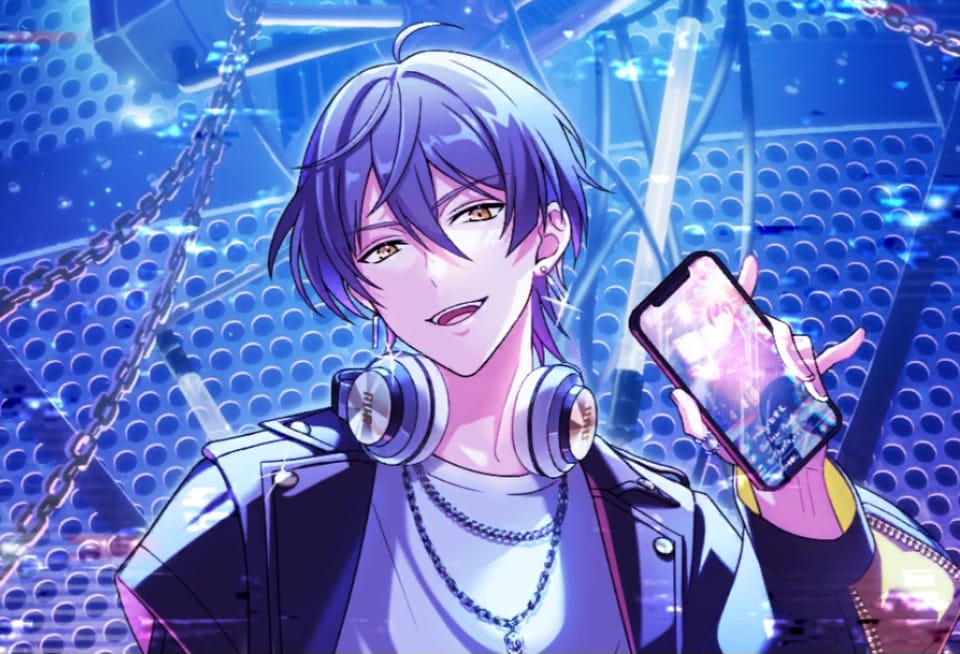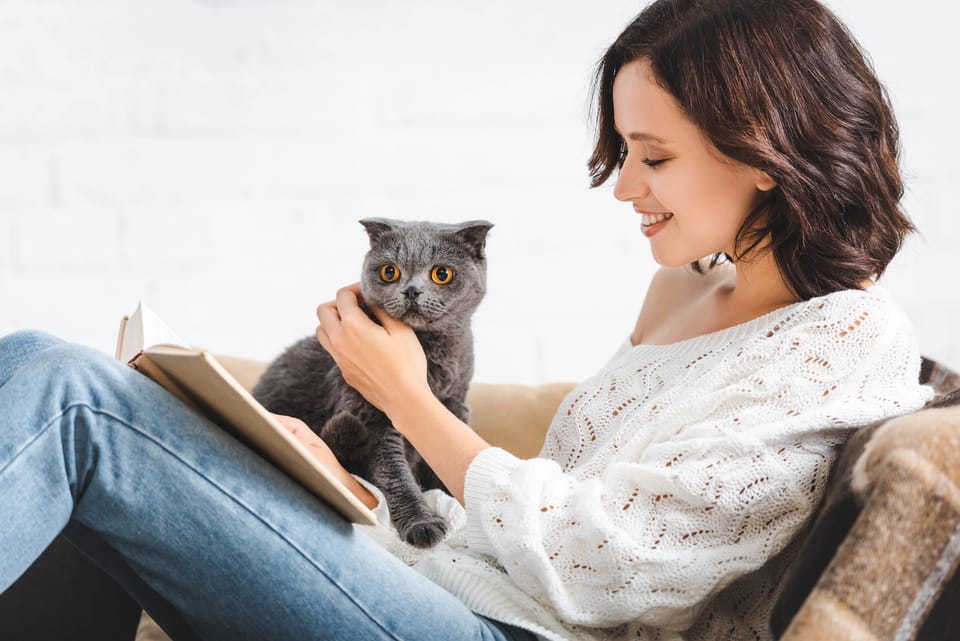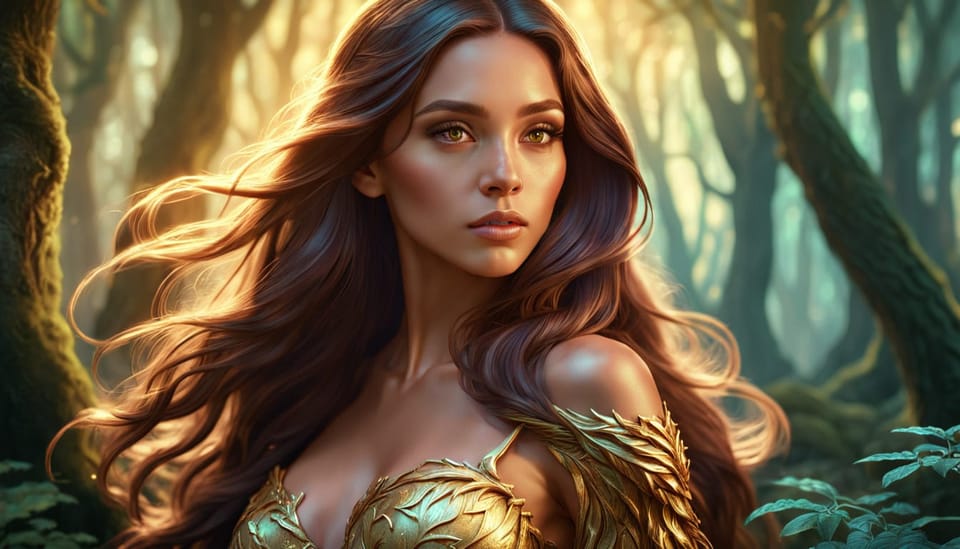The Controversy of AI Art in Book Cover Design
What I learned after working with many designers on my book cover
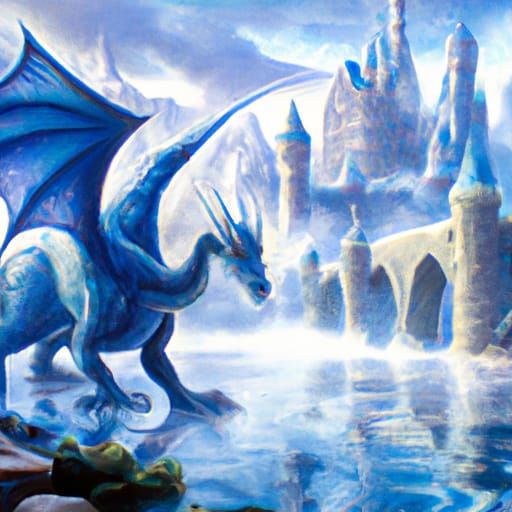
Recently, I had an AI art experience that left me stunned and bewildered. It made me think more deeply about the complexity of AI ethics.
But before we get to that, here’s my backstory.
For a while, I had cross-posted my serial novel, Anastasia the Nonbinary Dragon, onto Tapas, a platform for web novels and webcomics. I like to be optimistic, but Medium has a small audience for fiction, especially serial fiction.

Tapas felt like a miracle, because readers there actually enjoy serial fiction, and our novels are packaged neatly into little bundles. We don’t have to awkwardly link blog posts together like we do on Medium. Tapas has monetization options, too, which Bradan Writes Stories explains in his article here.
But alas, good things never last.
Near the end of January this year, Tapas announced that AI art is now banned from book covers. We had to remove all AI art from our work by Feb 6, or we would be penalized.
For context, lots of creators on Tapas are comic artists. Many believe that AI generators will steal their jobs.
While I can sympathize, I don’t think AI could ever replace human artists. To me, AI is like Adobe Flash for animators. The program helps you make all the frames between the main pictures, but you still need to do the basic creation and direction yourself.
The strange incident with my book cover designers
Regardless, I decided to hire a designer to make a book cover for me. I went to 99Designs, a platform where you can host design contests.
Loads of designers can join in to make the designs and you pay the winner. You are the judge of the contest.
I wanted a dragon on my book cover. And guess what? Almost all the designers used an AI art generator to create a dragon image!
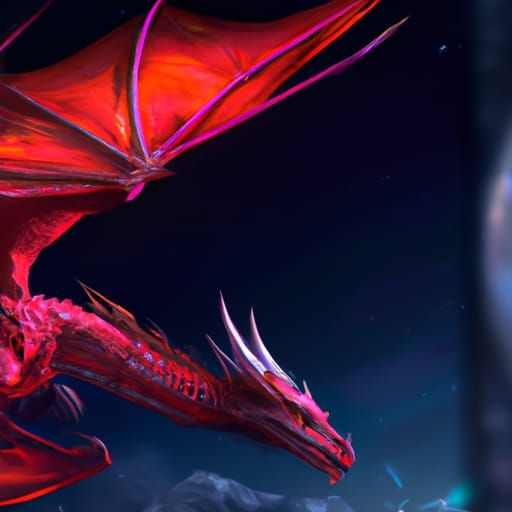
Wow, I had heard of people using AI art for their book covers, but I assumed it was only by people like me who didn’t have the artistic skills. Or by the rare designer who was open to using AI tools.
The 99Designs platform had no issues with AI-generated images, as long as the designer explicitly acknowledged that it was AI generated.
With much embarrassment, I had to tell all the designers that Tapas bans AI imagery. Most of the designers withdrew from my contest after that.
One designer wrote me a long rant. They weren’t angry at me, but at Tapas. In all their years working with clients, they had never heard of a writing platform that would forbid AI art! They even suggested that I would be better off with a different platform, like Wattpad.
Moreover, they pointed out that I wanted a dragon on the cover. Dragons are fictional creatures that you can’t take photos of in real life. With AI generators, you get a unique image that nobody else on the internet has. And you don’t need to pay hefty fees for a custom illustrator, either.
Plus, you can never use an AI-generated image just as it is. You still need to do extensive photo editing before it’s ready.
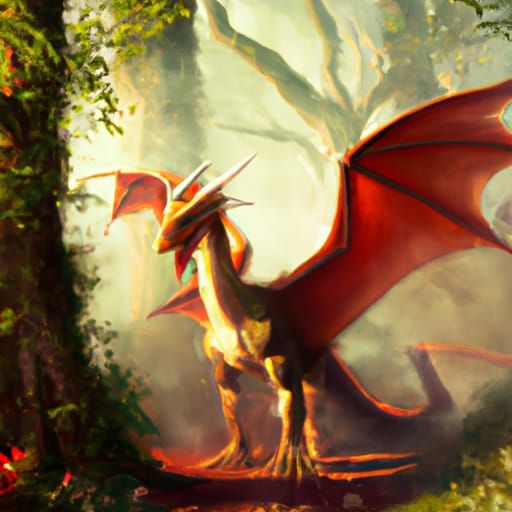
The designer added, in a bitter and amused way, that some people generate AI pictures and upload them onto a stock photo site, usually Adobe Stock. And then they call it their own.
The designer even said that, if Tapas allowed it, they could upload their own AI-generated images onto Adobe Stock. And I wouldn’t even have to pay for the photo because it’s on their account!
Unfortunately, when I asked Tapas staff, they asserted that even stock photos that were AI generated are banned.
One of the designers who returned to my contest actually used a stock image that the artist had marked as AI-generated. So I had to awkwardly tell them that even stock photos can’t be made by AI.
Nevertheless, how can you tell for sure that an image is a real illustration (or 3D animation), rather than an AI generation? With how advanced AI technology is, you could easily make something that looks like a custom drawing. And of course there are illustrators who can create something as hyperrealistic as many of the AI pictures.
I don’t think it’s possible to be 100% sure. So I just gave the stock photo artist the benefit of the doubt. If the photo description doesn’t say anything about being AI-created, I would assume that the artist drew or animated it.
Still, I felt embarrassed and guilty that I had to make such clear distinctions, and make the task much harder for the designers.
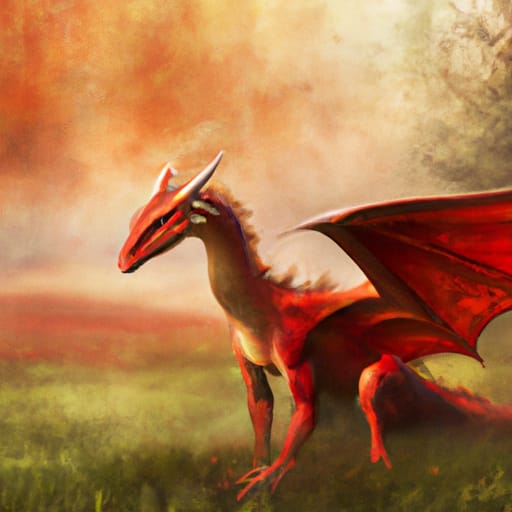
Protecting artists while keeping AI generators?
It’s not that I have no sympathy for artists whose work was scraped by the AI generators without their consent. But I wish that one day, we will have something like a plagiarism checker.
The plagiarism checker could see if any part of the picture is an explicit copy from an artist’s work. If so, we would remove or change that part.
On the other hand, if the AI generator was only imitating the style rather than specific parts of an artist’s image, I don’t think that should fall under plagiarism. Even junior artists could imitate the styles of more experienced artists, just as junior writers could mimic the styles of Edgar Allan Poe, J.R.R. Tolkien, Cassandra Clare, Emily Bronte, or any other writer they admire.
Imagine if a budding artist tried to paint in an Impressionist way, and Claude Monet sued them over it. I’m not trying to be facetious, but this is one of the most vivid examples I can think of.
That said, I get that the situation can be murky. There are AI presets and prompts based on specific artists’ styles. I use Nightcafe AI, and many of the preset styles are based on famous photographers and artists.
For example, Greg Rutkowski. He’s a digital artist who uses classical painting styles to make fabulous fantasy pictures.

Admittedly, even Rutkowski is borrowing styles from the classical painters. But these painters have already passed away, so they wouldn’t have to worry about losing their careers.
At first, Rutkowski thought that the AI prompts using his name could be good exposure for him. But later, he googled one of his works and found an AI image with his name attached instead. Before long, it might be much harder to find his own work as opposed to AI art generated with his name. He gets that it’s cool to generate these images, but he and many other artists are afraid to lose work.
It’s a messy and complex affair. Some people argue that the artist should be flattered that others love their style so much, that they would want to use their name to generate photography or art styles. Yet, their work was still taken without their consent.
There are also proposals to give artists the choice to opt in or out of an AI generator’s training data. Alternatively, the artists could be paid in a subscription or pay-for-play model, like iTunes and Spotify for musicians.
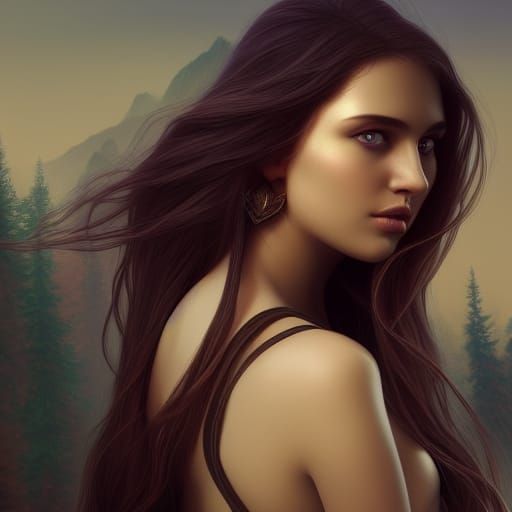
What About Deepfake Images?
Deepfake is an image or video that was altered to look like someone said or did something that they never did. Even for book covers, you might worry about authors putting celebrities on them for nefarious reasons. Just imagine what gossip magazines could do, with fake but convincing images of celebrities engaged in scandalous acts.
I know that the Nightcafe DALL-E 2 image generator forbids you from typing in public figure names, which could be a good solution. If all AI generators forbade you from typing celebrity names, however, that could limit your options in what you can generate. No more silly cartoons of politicians, for example.
Some folks may argue that with Photoshop, celebrities are already susceptible to having their pictures used in whatever way someone wants. So trying to stop AI users from doing this would be a lost cause.
If we ban public figure names in AI generators, would we also be unable to use striking first names to tell the AI what emotional vibe we want?
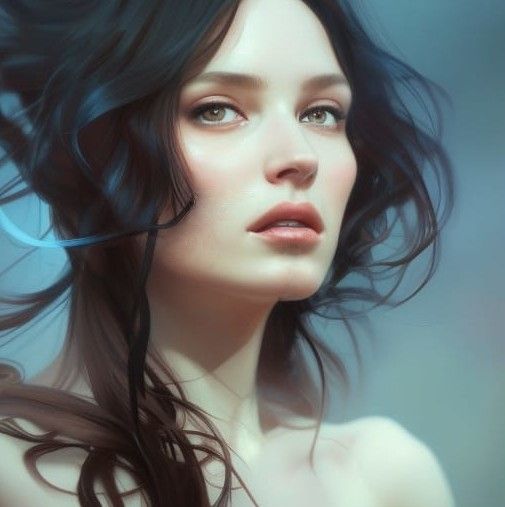
Yet, I wonder if there’s a way to prevent public figures from being deepfaked, while still letting us put names in AI prompts for benign purposes. There’s no easy answer.
Over to You
What do you think? Is there any way out of these AI controversies? Can we keep using these beautiful AI images, while also protecting artists from plagiarism and celebrities from defamation?
Do you love stories about art and culture, LGBTQ+ issues, and psychology? Then consider subscribing to my newsletter!
Originally published on The Generator on March 26, 2023
